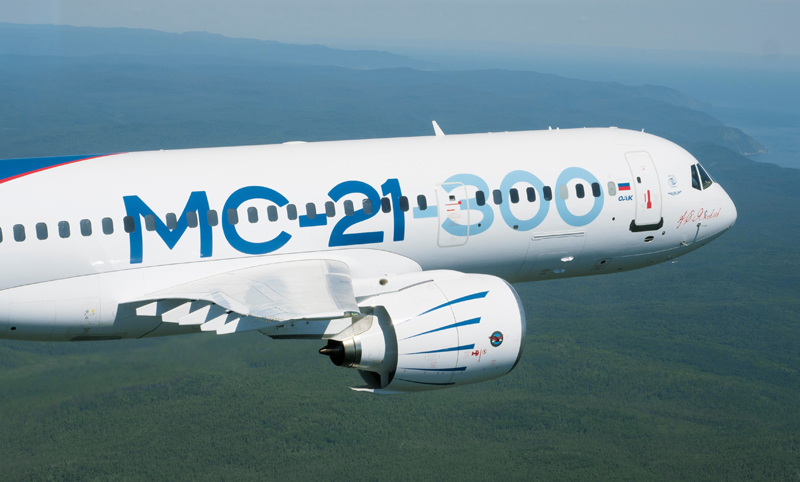Huge order backlogs – particularly for narrowbody products – are keeping the commercial aircraft industry’s biggest two producers working at a record pace, as Airbus and Boeing also make the transition from long-established models to revamped variants.
Airbus’s first re-engined A320neos were handed over in 2016, with output now increasing and deliveries of the larger A321neo having commenced earlier this year. Boeing, meanwhile, has placed its 737 Max 8 into service, with a first example having gone to Lion Air Group carrier Malindo Air in May 2017, and 28 were transferred during the first nine months of this year.
Between them, the “big two” have combined firm order backlogs for almost 8,900 of their new-generation products with carriers around the globe – sufficient to keep them both building the single-aisle types for many years to come.
Another recent arrival, Bombardier’s CSeries, continues to increase in fleet size, with Air Baltic and Swiss having received additional examples in 2017 since the CS100 and CS300 were introduced last year. However, Bombardier’s largest deal with a so-called “marquee” customer – Delta Air Lines’ 2016 commitment for 75 CS100s, plus 50 options – remains the focus of bitter trade disputes between the company, Boeing and Embraer.

Russia’s single-aisle ambitions have reached new heights with the MC-21
Irkut
In a surprise move, Airbus on 16 October announced its intention to take a controlling stake in the CSeries programme, in a step which will link its portfolio and sales activities with Bombardier’s. “Harmonising” their products could safeguard the CS100/CS300, and mark the end of the A319neo.
With a poor sales trend over recent years, the travails of the ultra-large aircraft (ULA) sector are highlighted by Boeing having delivered the last of its commercial-variant 787-8Is on order this year, with the freighter variant -8F now responsible for the jumbo jet’s modest backlog. While the A380 recently overtook the 747 as the commercial ULA fleet-leader, Airbus is reducing its annual output to 12, and its backlog is set to fall below 100 units.
More positive signs are evident elsewhere in the mainliner category, however, with the first nine months of 2017 having included flights by a pair of new types: China’s Comac C919 and Russia’s Irkut MC-21. Several new variants also have flown for the first time, including the A319neo, 737 Max 9 and stretched 787-10. The re-engined A330-900neo also got airborne for the first time, on 19 October.
This year’s directory for the first time includes the CR 929: a family of widebody twinjets that will be the output of a new programme formally launched by China and Russia. The activity will combine the skills of their respective industries, building on lessons learned via their C919 and MC-21 projects.
All data from Flight Fleets Analyzer or manufacturers, to 30 September 2017
Source: FlightGlobal.com
Supporting documents
Click link to download and view these filesWorld Airliner Directory - Mainliners (2017)
PDF, Size 1.6 mb






















